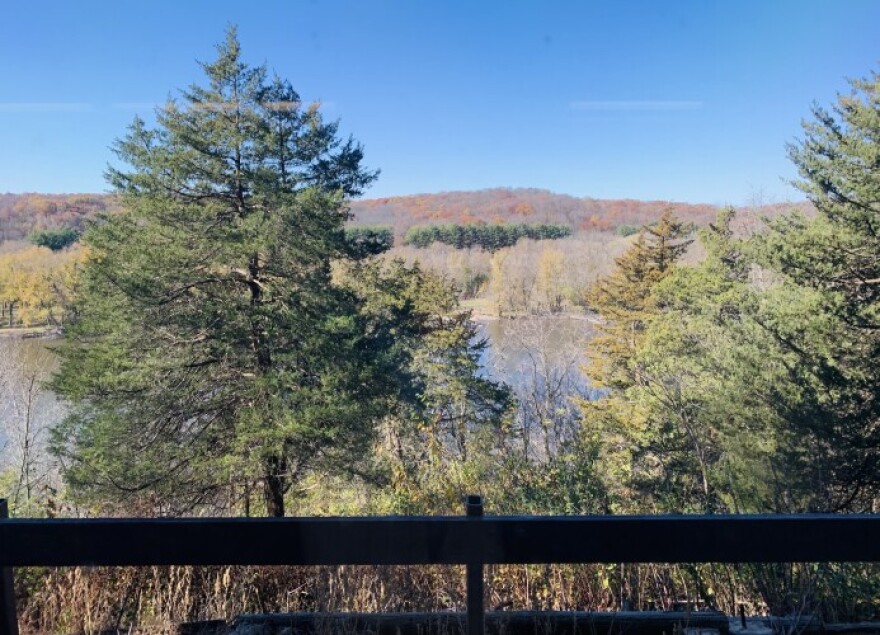Last October, I stood in the dining hall of the Lorado Taft Field Campus in Oregon, Illinois. The air was heavy with the news of its closure. Then, through the window, I saw an eagle sweep low over the Rock River, catch a fish, and rise.
In that moment, I knew this wasn’t just a patch of land. It was sacred. Tears filled my eyes—not from sorrow, but from awe.
For over 70 years, Taft has been a living classroom without walls. Children have touched bark, followed animal tracks, gathered around bonfires. They’ve learned not only science, but connection — to nature, to each other, to themselves.
Now the campus sits abandoned. Some see liability, an old program past its prime. But I see promise: a place of healing, a sanctuary for learning we still desperately need.
Places like Taft remind us who we are. They ground us in awe. And in a time of climate anxiety and disconnection, we need spaces that help us remember how to care—for Earth, and for one another.
My hope is simple: that we don’t look away. That we listen — to children, to eagles, to the quiet call of the land. That we choose to protect the sacred.
Because saving places like Taft isn’t just about history. It’s about becoming the kind of ancestors who said: we remembered, we cared, and we kept it.




